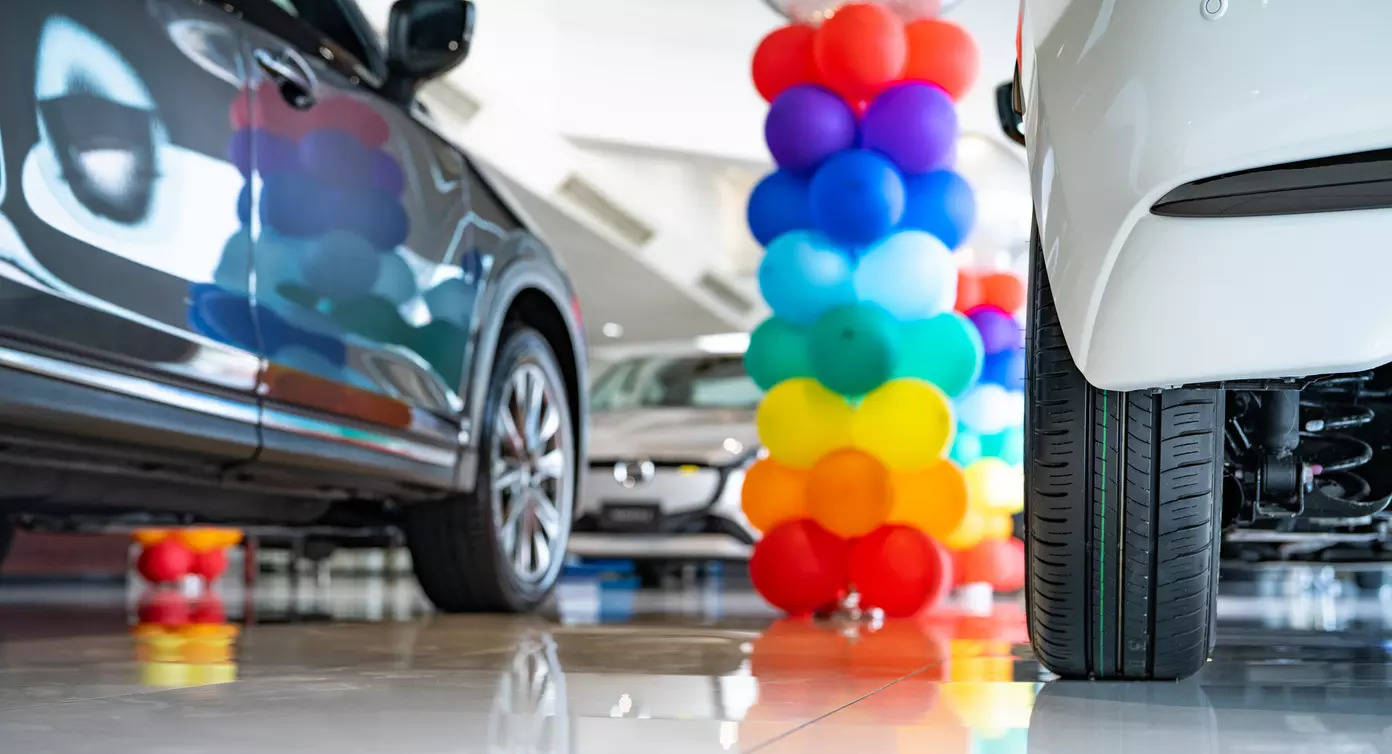
The Federation of Automobile Dealers Associations (FADA) has released its January 2025 vehicle retail data, revealing a 6.6% year-over-year (YoY) growth in auto retail. This growth exceeded expectations, indicating a positive start to the year. The increase was observed across all vehicle categories, including two-wheelers, three-wheelers, passenger vehicles, tractors, and commercial vehicles—suggesting sustained consumer confidence. However, challenges such as rural liquidity constraints, inflationary pressures, and subdued industrial demand persist.FADA President CS Vigneshwar commented, “The auto retail sector kicked off 2025 on a promising note, aligning with FADA’s earlier survey projections that anticipated January would range from flat to moderately positive. The overall 6.6% YoY growth reinforces the industry’s optimistic start. Each vehicle category—2W, 3W, PV, Tractor, and CV—witnessed positive momentum, reflecting sustained consumer confidence and a steady market recovery.”
Auto retail sales overview
The overall auto retail market recorded a 6.6% YoY growth, in line with FADA’s earlier projections of a flat to moderately positive performance in January. The growth was broad-based, with all vehicle categories showing positive momentum.
Passenger Vehicles
FADA reported a 15.53% YoY growth in the passenger vehicle (PV) segment. Inventory levels improved slightly, with stockpiles reducing by approximately five days to 50-55 days, indicating a healthier supply-demand balance.
The notable increase in PV registrations was partly due to December purchases being registered in January to leverage the “2025 model year” designation. While urban areas continued to dominate PV sales, rural regions saw a stronger YoY growth rate.
Two-Wheelers
The two-wheeler segment experienced a 4.15% YoY increase, supported by:
- New model launches
- Ongoing marriage season demand
- Improved financing options
However, concerns remain, including rural liquidity issues, rising interest rates, and market uncertainty.
Commercial Vehicles & Other Segments
- Three-wheeler sales increased by 6.8%
- Tractor sales rose by 5%
- Commercial vehicle (CV) sales grew by 8.22%
Growth in the commercial vehicle sector was driven by higher freight rates and strong passenger carrier demand. However, the sector faces challenges such as sluggish industrial activity in cement and coal, stringent financing policies, and weak rural sentiment.
FADA President added, “Commercial vehicle sales grew by 8.22% YoY and surged 38.04% MoM. Urban markets increased their share from 50.1% to 51.2%, outpacing rural growth (9.51% vs. 6.89%). While higher freight rates and passenger carrier demand provided a boost, many dealers cited low cash flow, strict financing policies, and sluggish demand in key industries as major hurdles. Rural sentiment remains subdued due to limited new product introductions. Overall, the sector shows cautious optimism but faces persistent headwinds.”
| Segment | Growth in percentage (YoY) |
| Passenger vehicles | 15.53% |
| Two-wheelers | 4.15% |
| Commercial vehicles | 8.22% |
Future Outlook
The near-term outlook for the auto retail sector is cautiously optimistic. Positive indicators include:
- Ongoing marriage season demand
- New product launches
- Improved financing options from select lenders
- Backlogged commercial vehicle orders
Dealer confidence remains strong, with nearly half of them expecting growth in February. However, the industry still faces several challenges that could impact sales momentum. The shorter duration of February, with fewer working days, may limit overall transaction volumes. Additionally, inflationary cost pressures continue to affect both vehicle pricing and consumer purchasing power. Persistent rural liquidity constraints further pose a hurdle, particularly for two-wheeler and tractor sales, where rural demand plays a crucial role. Despite these challenges, strategic promotions, improved financing options, and strong urban demand could help mitigate some of these concerns.
While 46% of dealers anticipate growth, 43% expect stable sales, and 11% foresee a decline in February.
February outlook
Entering February with cautious optimism, the auto retail sector continues to navigate a complex landscape. According to FADA’s latest survey:
- 46% of dealers expect growth
- 43% predict stable sales
- 11% foresee a decline
Key growth drivers include:
- Marriage season demand
- New product launches
- Strategic promotional activities
- Improved inventory management
- Better financing options from select lenders
- Backlogged orders in certain segments (especially commercial vehicles)
However, several challenges persist that could impact sales growth in February. The shorter working month may limit overall transaction volumes, while weak rural liquidity in certain pockets continues to constrain purchasing power, particularly in the two-wheeler and tractor segments. Inflationary pressures are also driving up costs, affecting both vehicle prices and consumer affordability. Additionally, stringent lending criteria and rising vehicle prices pose hurdles for buyers seeking financing options. Sluggish demand in select industrial sectors further adds to the uncertainty, making it essential for dealers to navigate these challenges with strategic promotions and targeted consumer engagement.
With supportive policies and a post-budget boost to consumer sentiment, many dealers believe February could maintain stability or witness slight growth.
Key Takeaways
- 6.6% YoY growth in overall auto retail
- All vehicle categories reported positive momentum
- Passenger vehicles grew by 15.53% YoY
- Two-wheelers saw a 4.15% YoY increase
- Commercial vehicles expanded by 8.22% YoY
- Cautious optimism for February, with key challenges remaining
While January 2025 delivered a strong start to the year, sustaining this momentum will require continued economic stability, favourable financing policies, and stronger rural demand recovery. The sector remains optimistic yet watchful, as inflation and rural liquidity constraints could influence sales performance in the coming months.
















